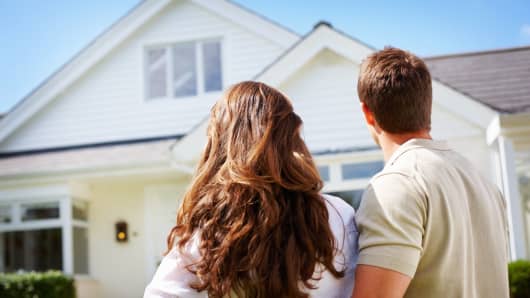Perhaps the most surprising finding of the NAHB survey is not what we want in our homes, but where we want our homes to be. Just 8 percent of those surveyed want to live in a city center, 36 percent prefer the outer suburbs, 30 percent the close-in suburbs and 27 percent still want the old-fashioned, rural American living. This counters recent assertions by those in the apartment sector that Americans are increasingly seeking a more urban lifestyle.
Rising rents and increased demand for rental apartments has fueled the theory that from young Millenials to downsizing Baby Boomers, the recent housing crash has changed the way Americans want to live, shifted attitudes toward home ownership and created a strong new desire for big-city living. Rising gas prices have also pushed more home buyers closer to city centers.
(Read More: Why Women are Driving the Demand for Rental Apartments)
While 23 percent of survey respondents categorically reject the idea of living in a city center, others could be swayed if, again, offered the right amenities. These include walking/jogging trails, nearby parks and an outdoor swimming pool. That bodes well for planned, gated communities.
The age of the McMansion may be over, as money spent on space is reallocated to energy efficiency and home technology. Builders today will look to do more with less space, and buyers who can now afford to be picky about amenities, certainly will be.





